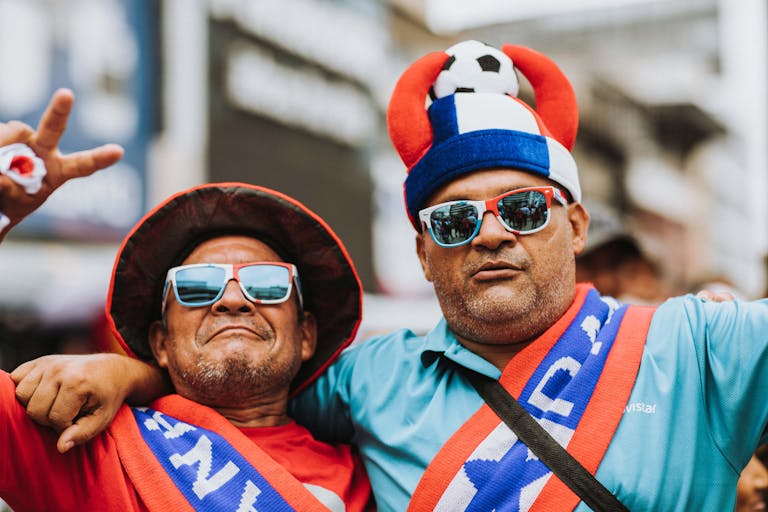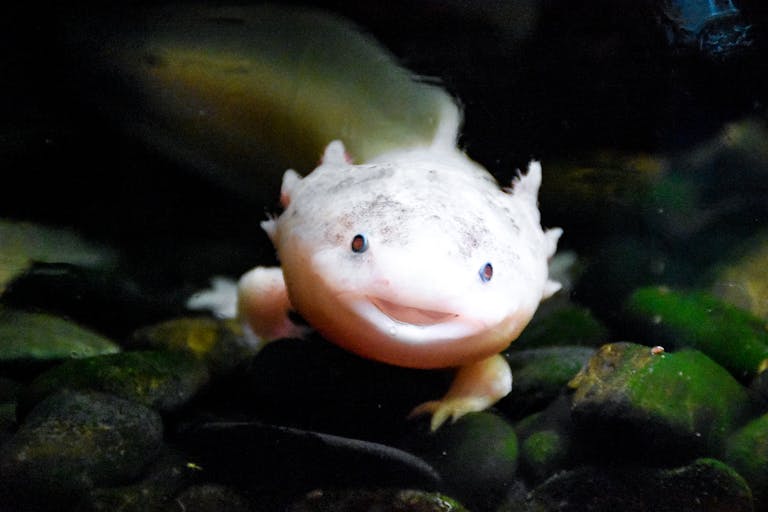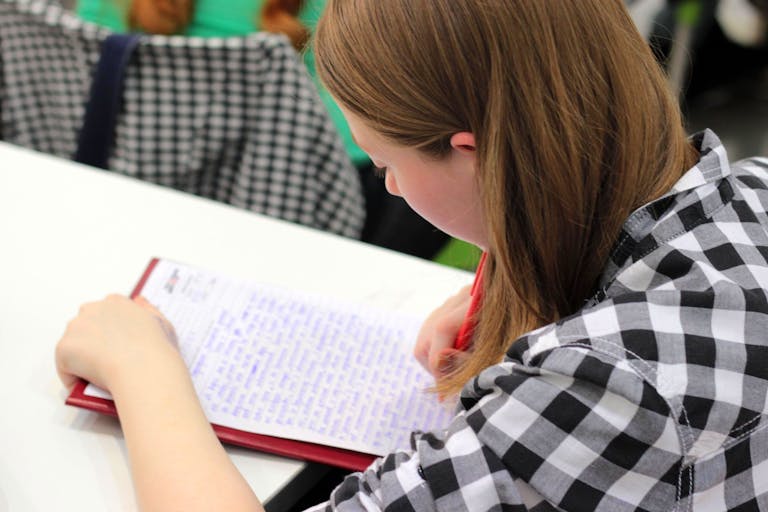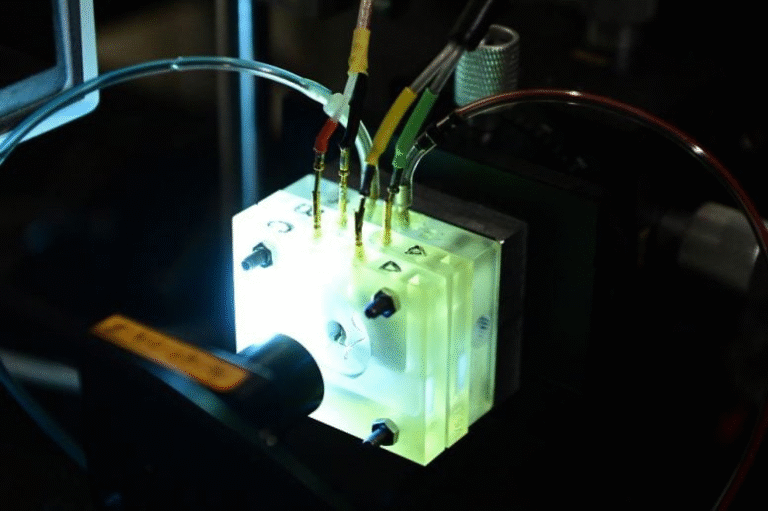Why Emotional Moments Make Ordinary Memories Stick

Have you ever wondered why some random moments from years ago come rushing back as if they happened yesterday — while others fade away completely? Scientists at Boston University might have just cracked that mystery. Their new research, published in Science Advances on September 24, 2025, explains how emotional or surprising experiences can strengthen otherwise weak memories, giving them surprising staying power.
The research, led by Robert M. G. Reinhart, associate professor of psychological and brain sciences at BU, suggests that the brain has a built-in mechanism that “rescues” fragile memories when they’re linked to something meaningful, unexpected, or emotionally charged. This finding doesn’t just tell us something fascinating about how memory works — it could also lead to better ways to improve learning, treat memory loss, or even weaken distressing memories.
The Central Idea: Emotion as a Memory Booster
The study’s key insight is straightforward: when we experience something emotional or important, our brain doesn’t just encode that specific event. It also reaches back in time to strengthen the ordinary, even boring, moments connected to it.
Imagine discovering that you’ve just won the lottery. You’ll probably remember the exact moment you checked the numbers, but you might also recall the little things you were doing right before — maybe the sound of the TV, or what you were eating. Those surrounding details, which would normally fade, get “rescued” by the emotional shock of the win.
According to the research, this happens because emotion acts like a glue that binds together fragments of memory. It gives the brain a cue about what’s worth keeping. The team refers to this process as graded prioritization — meaning that the brain strengthens memories on a sliding scale, depending on how closely they relate to a big emotional or meaningful event.
How the Researchers Studied It
Reinhart and his team didn’t just rely on a few simple experiments. The project included 10 independent studies involving almost 650 participants. The researchers used artificial intelligence tools to analyze the results and quantify the relationships between ordinary and emotional events.
Participants were shown dozens of images, each tied to varying levels of reward or significance. Later, they took surprise memory tests. The researchers wanted to see which memories stuck — and how those memories related to the emotional impact of certain “highlight” moments.
What they found was remarkable. The brain selectively enhances weak memories based on both timing and similarity. When an emotional or rewarding event happens, memories formed after that event (called proactive memories) become stronger if the emotional impact is high. But for memories formed before the event (called retroactive memories), strength depends on whether those earlier moments share conceptual or visual similarities with the emotional one.
So, if you see a red car right before a surprising event involving another red object, your brain is more likely to keep that memory. This is the first time researchers have shown graded prioritization in humans — proving that memory enhancement isn’t just random. It follows clear rules.
Retroactive vs. Proactive Memory Enhancement
Let’s break this down further.
- Proactive Enhancement – This refers to memories that happen after an emotional event. The stronger the emotion, the stronger the memory for everything that comes next. The effect depends on how intense or meaningful the main event is.
- Retroactive Enhancement – This refers to memories that happened before the emotional event. These aren’t automatically strengthened; the brain only “rescues” them if they’re similar in some way to the emotional experience. Similarity might mean visual resemblance, a shared theme, or even a related concept.
Interestingly, if those earlier memories already have emotional weight of their own, they’re less likely to get this boost. The brain seems to prioritize weaker, neutral experiences — almost as if it’s trying to preserve fragile memories that would otherwise be forgotten.
A Real-World Example
Reinhart often uses an example from Yellowstone National Park: imagine a hiker suddenly encountering a herd of bison. That striking moment of awe can etch itself in your mind forever. But you might also remember little details from right before or after — like the crunch of gravel underfoot or a bird flying by. Those small, unimportant memories become anchored to the emotional shock of the encounter.
In other words, the brain tags certain experiences as important and then extends that importance to other connected details. That’s how ordinary moments can gain extraordinary staying power.
The Science Behind It
This discovery ties into a long-standing debate in neuroscience about how and when the brain strengthens memories. Scientists have proposed concepts like retroactive enhancement (boosting memories before an event) and proactive enhancement (boosting ones after). Previous studies produced conflicting results.
What makes this BU study stand out is its scale and clarity. It’s the first to provide definitive evidence in humans that these enhancements occur — and that they operate on a graded, rule-based system rather than randomly.
The researchers used AI-driven analysis to measure how similar images or experiences were in a “feature space,” which let them test how similarity influences memory retention. Essentially, the closer two experiences were in concept or appearance, the more likely one was to boost the other.
This provides the first human-based confirmation of the graded prioritization model — the idea that the brain decides which weak memories to keep depending on how closely they resemble an emotional anchor point.
Why This Matters
This finding doesn’t just explain an interesting quirk of memory. It has real-world implications for how we learn, teach, and even heal.
- Improving Learning and Education
In classrooms, pairing emotionally engaging content — like a story, image, or real-world example — with difficult or abstract concepts could make it easier for students to remember the material. When learning feels meaningful, the brain is more likely to store even the smaller, “boring” bits that accompany it. - Helping with Memory Loss
In people with age-related memory decline, connecting fragile or fading memories to emotionally resonant experiences might “rescue” them. This could be a foundation for new therapies that help people retain more of their everyday lives as they age. - Treating Trauma and Mental Health
There’s also a flip side. Understanding how emotion enhances memory might allow therapists to weaken distressing memories by disrupting those same connections. If a painful experience strengthens neutral details around it, then selectively weakening those connections could make traumatic memories less vivid or invasive.
Reinhart’s lab has previously worked on noninvasive brain stimulation to improve working memory and reduce symptoms in people with obsessive-compulsive tendencies. Combining that approach with these new findings could lead to more targeted and effective treatments.
The Bigger Picture: How Emotion and Memory Interact
The connection between emotion and memory has been studied for decades. Emotional experiences activate brain regions like the amygdala and hippocampus, which interact to prioritize certain memories during encoding and consolidation. When we experience something intense — whether joy, fear, or surprise — the amygdala sends signals that enhance memory storage.
But until now, scientists weren’t sure how far that enhancement extended — or what specific rules governed it. The new study shows that the effect is not just about timing or intensity, but about meaningful similarity between events.
It also helps explain phenomena like flashbulb memories — those vivid recollections of where you were during a shocking event, such as hearing major news. Even seemingly random details, like what you were wearing or who was nearby, stick around because they’re tied to the emotional surge of the moment.
What’s Next for This Research
This study focused mainly on behavioral experiments and computational modeling. The next step, according to Reinhart’s team, is to examine what’s happening in the brain at a neural level — using brain imaging or stimulation to observe how the hippocampus, prefrontal cortex, and amygdala interact during these “rescue” processes.
They also want to see how these findings translate to real-world experiences. In daily life, memories aren’t isolated images — they’re complex combinations of sounds, smells, emotions, and context. Understanding how all those pieces fit together could change how we approach both education and therapy.
The research also raises ethical questions. If scientists can learn to selectively strengthen or weaken memories, that opens the door to powerful tools — and potential misuse. Memory isn’t just data storage; it’s a core part of identity. Manipulating it must be handled with care.
Related Concepts Worth Knowing
To understand this study in a broader context, it helps to know a few related ideas that neuroscientists have been exploring for years.
Behavioral Tagging
This is a theory first tested in animals. It suggests that when a weak memory is formed, it leaves a “tag” in the brain. If a strong, emotional event happens soon after, it can supply the biochemical resources needed to solidify the weaker memory. The Boston University study provides the first solid human evidence supporting this mechanism in action.
Memory Consolidation
After we experience something, our brain takes time to stabilize that memory — a process called consolidation. Sleep plays a big role here. Emotional events may influence which memories get chosen for long-term storage during this process.
Memory Similarity and Feature Embeddings
In this study, the idea of “similarity” was measured using computational models inspired by AI — the same kind used in image recognition. They can represent how similar two images are in a high-dimensional space. Translating this to human cognition, our brain may use a comparable system for recognizing conceptual or perceptual overlap between experiences.
The Takeaway
This research shows that our brains aren’t passive recorders. They’re active editors, constantly deciding what’s worth keeping. Emotional events give the brain a reason to rescue nearby memories that might otherwise vanish. The effect isn’t random — it follows clear rules based on similarity, strength, and timing.
In simple terms, emotion tells your brain what matters. And once your brain decides something matters, it reshapes the surrounding memories to match.
Research Paper Reference:
Salient experiences enhance mundane memories through graded prioritization – Science Advances, September 24, 2025





